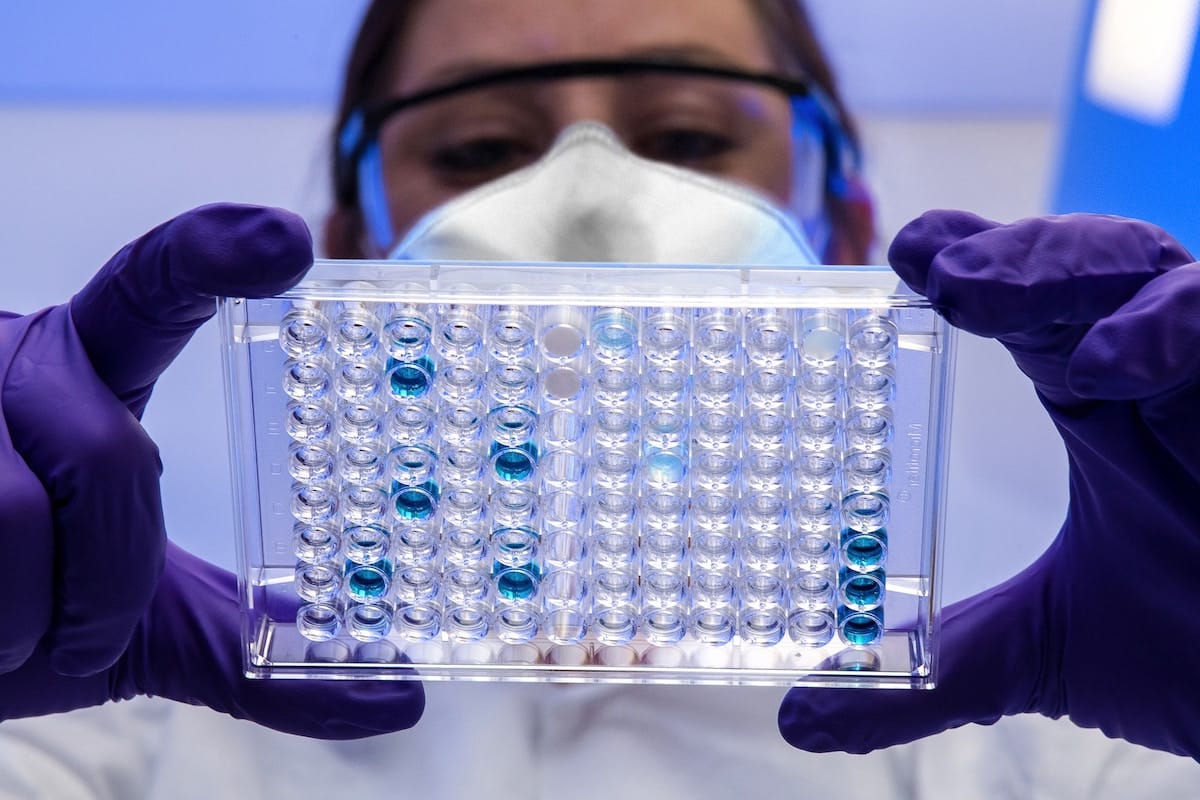Table of Contents
Absorption spectroscopy frequently measures the amount of material there. This is done by measuring the quantity of light the specimen receives at a specific wavelength.
When a sample absorbs light, its energy is absorbed by the material. This increases the energy of the specimen’s electronic or vibrational state. This is calculated using the energy transfer’s detection. You’ll need atomic absorption instruments such as Agilent absorption spectroscopy to do this. Agilent provides various atomic instruments to aid your lab research.
The Absorption Spectrum
Several variables influence a substance’s absorption level. This includes temperatures, intermolecular interaction, and solid crystalline structures. This spectrum is the consequence of energy absorption by atoms and nuclei.
Band Absorption Spectrum
White light can penetrate over iodine vapor, chlorophyll, diluted blood, or other inorganic and organic substances. When this happens, dark bands on a continuous dazzling backdrop are created. The band spectra of absorption are utilized to make dyes.
Line Absorption Spectrum
White light causes the atoms to excite. The atom absorbs incoming photons whose energies precisely match the difference among the atom’s energy levels. Since its energy conversion levels are different, only photons of a certain frequency are absorbed.
Continuous Absorption Spectrum
When a prism scatters light as it travels through a substance, we receive a continuous absorption spectrum. For instance, a blue glass plate absorbs all colors other than blue while white light goes through it.
Uses Of Absorption Spectroscopy
Substance Recognition
When the light of a certain wavelength illuminates an unknown chemical, the substance may be identified. Its quantity can also be determined by examining the material’s absorption spectrum. Substances may only absorb light from a certain wavelength or range of wavelengths. So the light’s wavelength concentrated on them is significant.
Absorption spectroscopy may analyze every component of such substances up to their cores. For instance– you might be able to examine medicines, foods, drinks, and other chemical or industrial processes.
Agriculture
In environmental sciences and agriculture, atomic absorption spectroscopy is frequently utilized. This is used to locate potentially dangerous components in the environment. For example– you can study soil samples and know how soil quality will impact agricultural production.
High amounts of phosphorus and nitrogen in soil samples frequently result in better output volumes and healthier crops. These elements can be detected, and their concentrations calculated using atomic absorption spectroscopy. These techniques can also find minute quantities of dangerous substances in water samples, including rhodium.
Remote Sensing
Without physically visiting the land, information can be gathered with this technique. This includes its features, such as the quantity of forest cover, the quality of the forest, or exposed rock surfaces. You can identify these by concentrating light on a landscape and capturing its absorption spectra.
Forensic Use
Atomic absorption spectroscopy is commonly used in forensic science. This equipment allows forensic investigators to analyze brain and muscle tissue, blood, and gunshot powder samples in great detail.
The precision of toxicological reports in cases of poisoning with metals has significantly increased thanks to this technique. Using this technique, you can identify common metal poisonings– like mercury and lead. This also detects microscopic concentrations.
Planet And Star Analysis
Light emitted by planets and stars passes through their atmosphere to analyze the makeup of stars. Gases absorb part of it. Log the gas absorption spectra and compare them to the reference gas spectra. By doing so, it is possible to determine the chemical makeup of these planets or stars.
Use An Atomic Absorption Instrument To Aid In Your Research
The constant growth of science and technology offers humanity new answers to problems that have existed for ages. One such development that has benefited multiple sectors is atomic absorption spectroscopy.
This procedure has been used since the middle of the 19th century. But– modern technological advancements are now allowing scientists to do such procedures more efficiently and dependably. This gives them more reliable laboratory findings.


